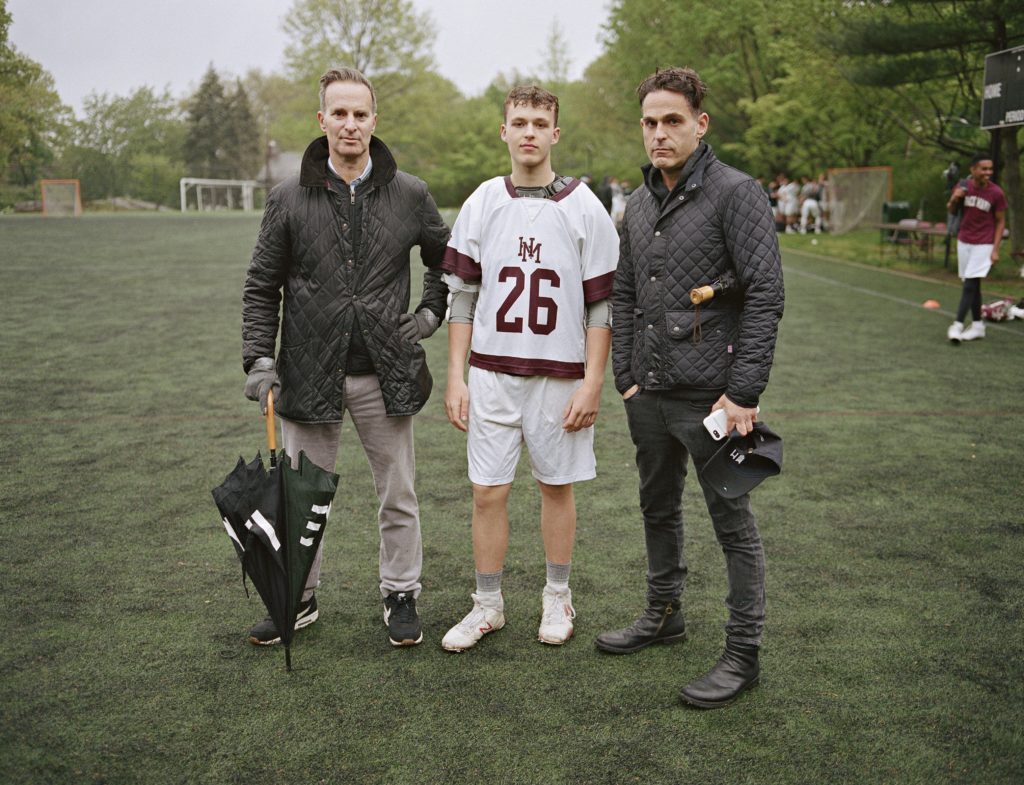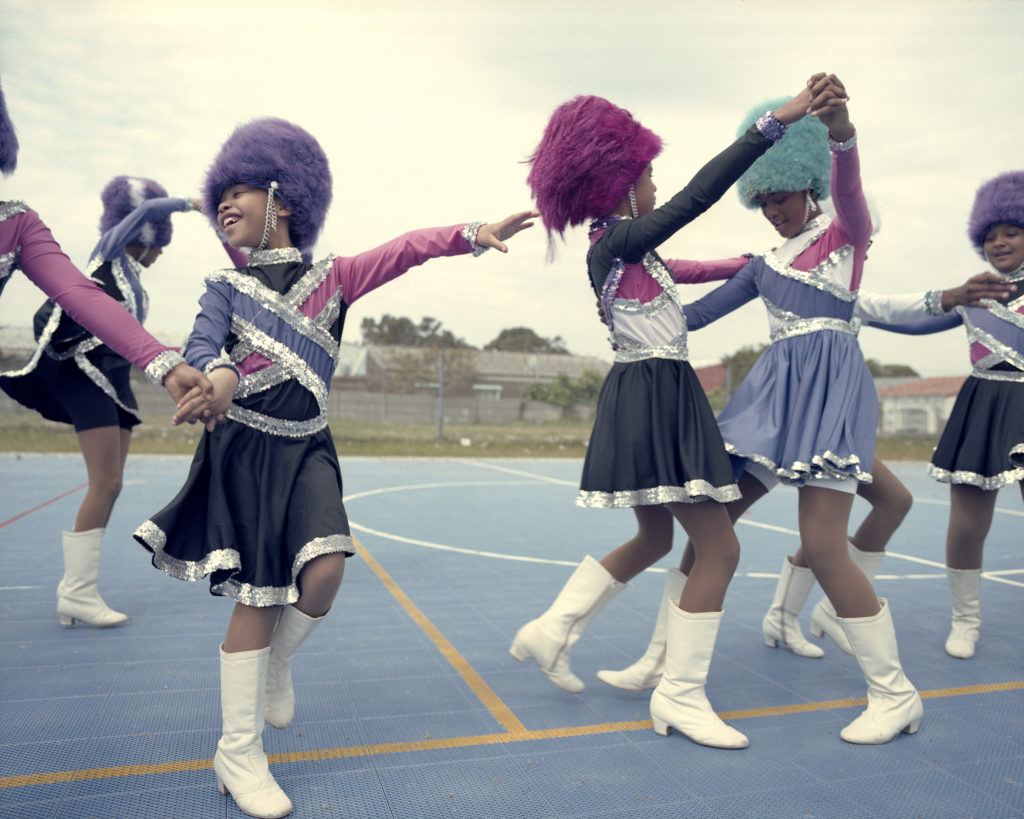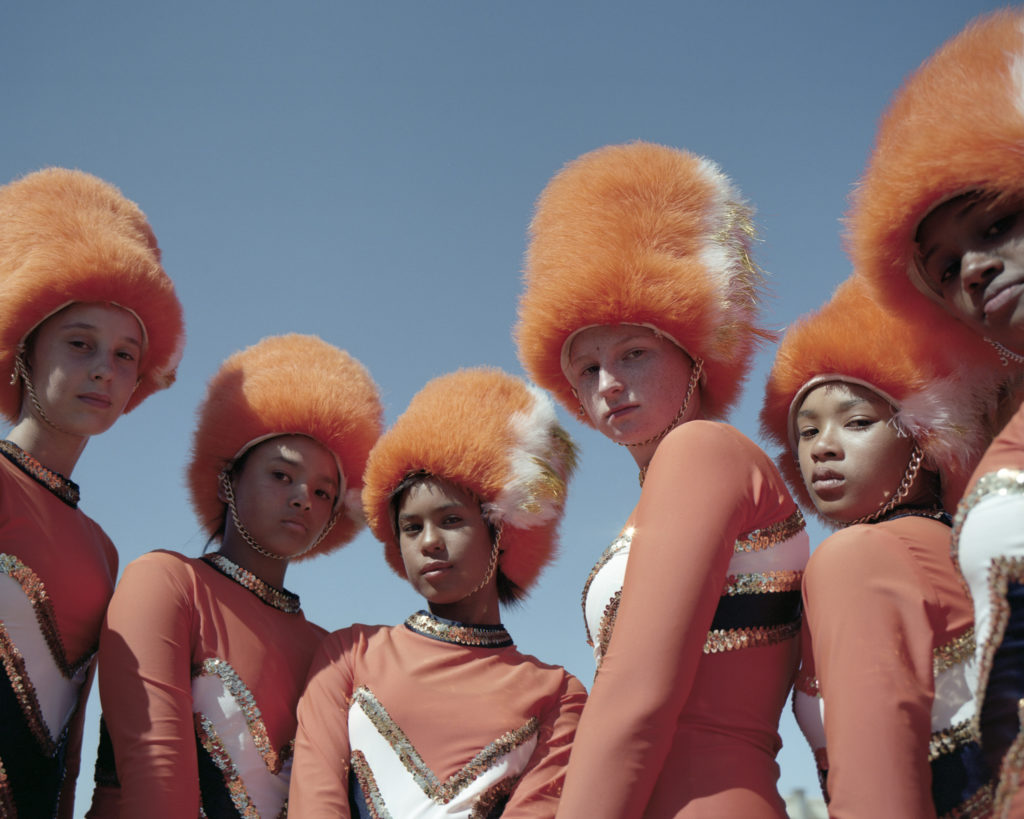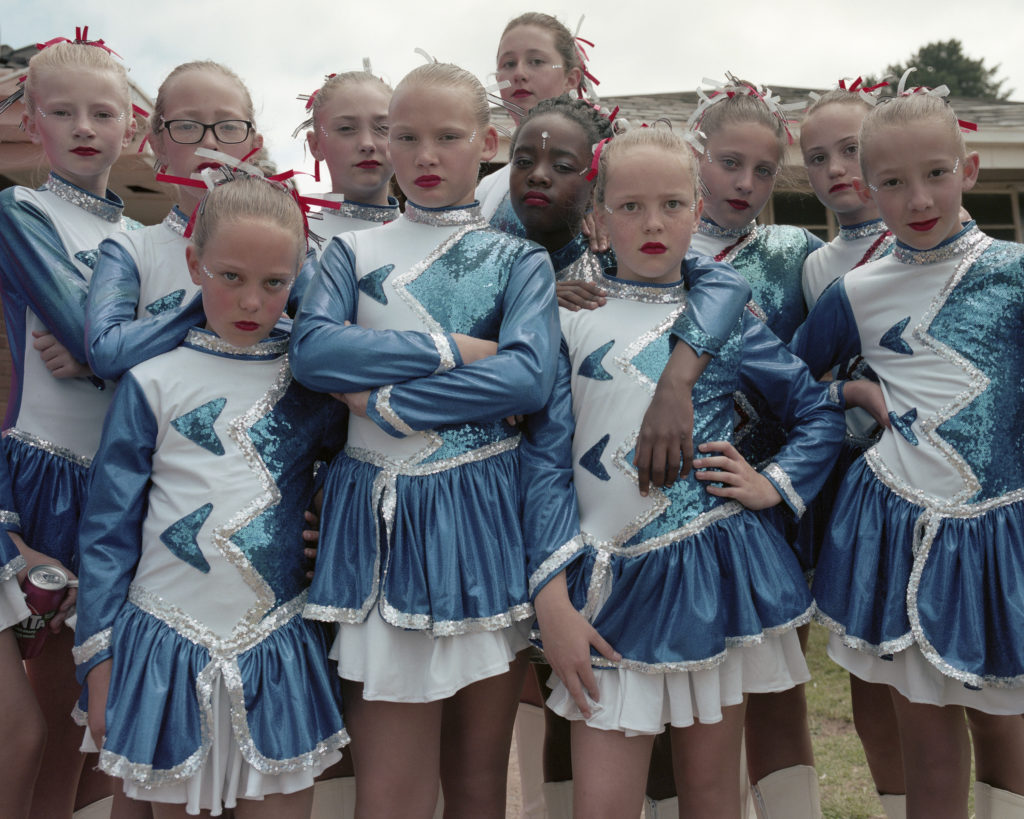Gay dads in America - A celebratory look into gay fatherhood by Bart Heynen
This article contains image descriptions in the captions to help those with visual impairments.
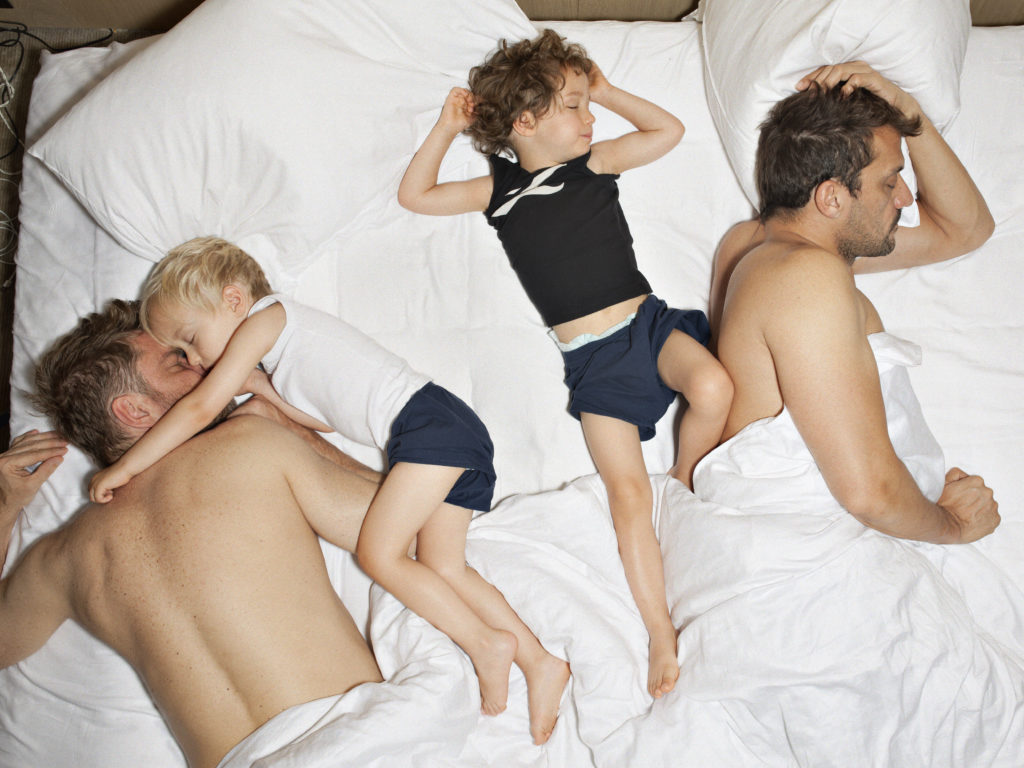
DADS is a journey into what gay fatherhood in America looks like. Initially wanting to meet and connect with other gay dads whose families reflected his own, Bart Heynen's new photobook DADS has become one of the most celebratory, moving and authentic representations of modern gay fatherhood I have ever seen in any medium. With over 40 families present within the work, Heynen has produced a series which not only reflects the diversity of the gay community, but beautifully shows us the day to day lives of gay fathers in the United States of America.
Gay men adopting children as well as having biological children of their own, has been a divisive issue in western societies. The conservative / religious fear that without a balanced gender to raise children, it would go against God's wishes and break down the American family unit. Of course, a wrong, pathetic and unpleasant rhetoric that queer men and women have been courageously combatting over the years. But things have and are changing with how the world views families and DADS is a beautiful product of the loving and caring families that exist where the parents are of the same gender. This series feels not only incredibly important but also necessary. With Heynens himself being gay and a father, we are entering not only the lives of the people we meet within this series but a part of Heynens life as well, reflected in the intimate moments found within this poignant series.
The photo book opens with a quote by Heynen’s son Ethan;
"What do you want to be later, Noah: papa or a daddy?"
- Ethan Aged seven, to his brother-
This immediately produces a large frog in my throat as I feel the love, weight and importance of other children with gay parents seeing other families like their own. As a father, Heynen knew this and took his children along with him to meet the families he was photographing, friendships were made with both children and the fathers which shows that this project is not just about showing the lives of gay fathers, but allowing his own children to experience that the life they have with papa and daddy is completely normal despite often being surrounded by children with both a mother and father.

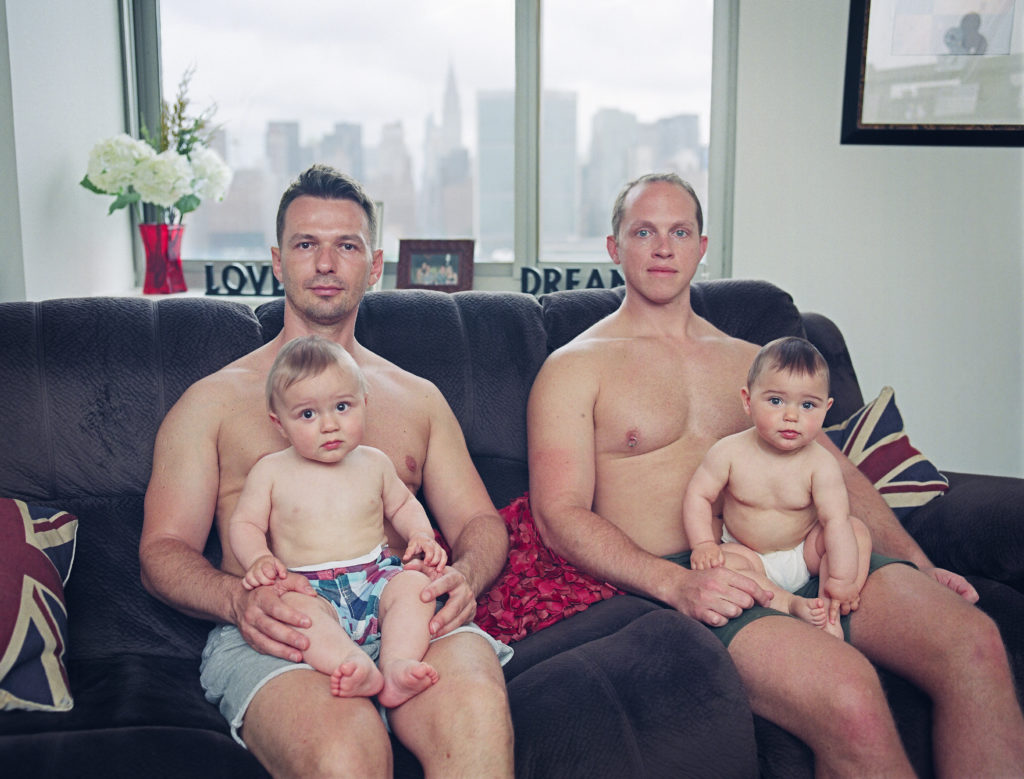


Heynen found after spending time with the first few families, was how the division of labour between the fathers was. Breaking away from hetronormative constructed gender roles within a family unit, Heynen describes how the balance or roles and responsibility came to the fathers 'organically’, which is a testament to how modern families like the ones found within DADS can teach more traditional families about how children can be raised without falling back upon specific gender roles.
What is so incredibly powerful about DADS is how no story is the same in how each couple became fathers. Some adopted their siblings' kids due to them sadly passing away, some adopted, others had surrogate mothers. Heynen doesn't shy away from the important and vital role surrogates have in the children's lives from not only carrying them for their fathers, but being present within their lives once they are born. Heynen shows this unique bond between parents, children and the surrogate in a poignant and delicate way.
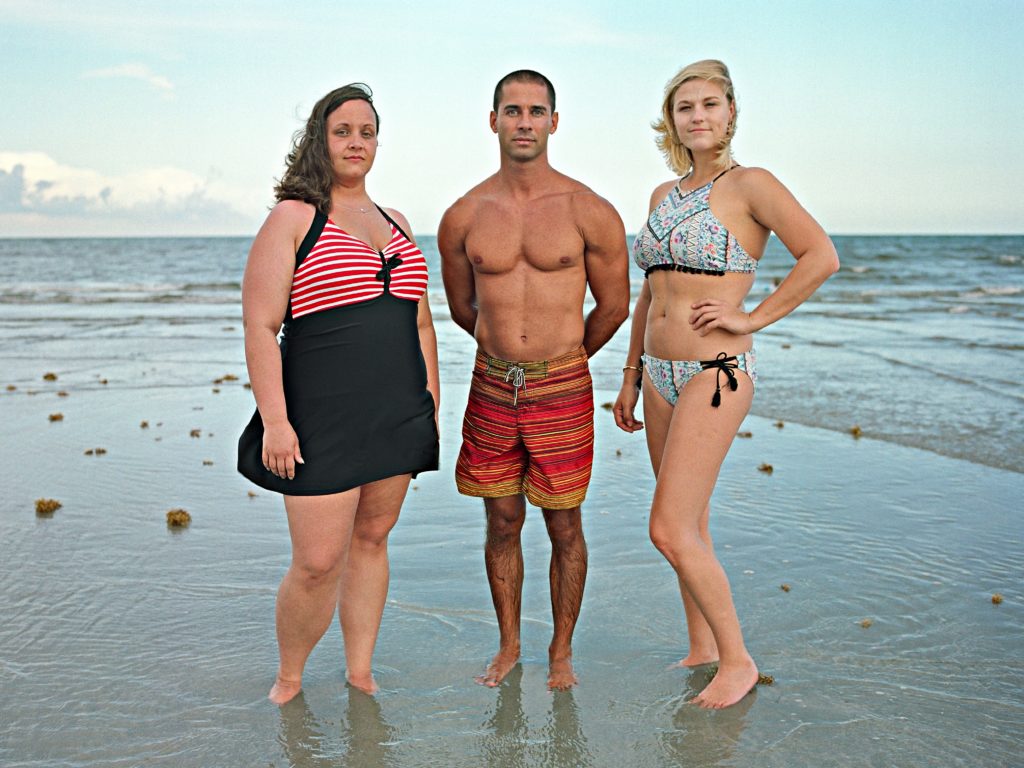


How Heynen has chosen to photograph each family sways between posed portraits of families to the moments you can’t choreograph, creates the characteristics of a traditional family album whilst turning it on its head through its composition, colour and energy. One image in particular which I found so joyous, is of a father getting ready in the mirror with his son as they both adorn Freddie Mercury outfits, with the dad carefully tidying up his sons painted on Freddie moustache. What is so joyous to see within DADS is the pride that is clearly written across the fathers faces, they show so much love and compassion for their roles of being a father to their gorgeous children.
Predominantly DADS is about families, regardless of your own sexual orientation. We find gay fathers at different stages of their lives and ages, from gay fathers with newborn babies to fathers with adult children who are soon to wed. DADS is about families, but it's also about life, wherever you may be along the line. DADS oozes love like maple syrup, trickling across each page onto the readers hands and eventually, into their heart and mind. My view might be slightly biased as a gay man myself, and the idea of having kids has always felt like an impossible task and an uncertainty within my own future. But seeing other gay men as fathers within this book has made that dream of my own future fatherhood that more of a reality. This series deserves all the praise and celebration it receives.
DADS is published by PowerHouse Books and you can get your copy HERE.
